How to help baby birds survive this spring

Spring is finally upon us here in the UK, – and now is the ideal time to support our nesting bird species. For this guest blog post, Sean McMenemy from Ark Wildlife explains how we can help our feathered friends find their perfect love nest and produce baby birds that thrive.
Save our baby birds this spring by building ‘love nests’, urges UK wildlife expert
The odds are always stacked against baby birds, who must learn to fly, feed and develop predator awareness to survive leaving the nest. According to the RSPB, only 37% of blue tits make it through their first year of life.
Plus, around 90% of the world’s birds are monogamous, sticking to one mate at a time, but some birds are having real trouble reproducing. So this Spring, wildlife experts are urging the public to make ‘love nests’ for visiting birds.
Baby birds need our help
One in four UK bird species is under serious threat according to the latest Birds of Conservation Concern report and climate change is wreaking havoc with breeding patterns. With some eggs hatching before insect-based bird food is available, infant birds have a hard time surviving their early days.
Sean McMenemy, founder of Ark Wildlife, says: “Between the loss of woodland, tidier gardens and modern, insulated houses, our poor old birds are left with far fewer nesting opportunities.
Hole-nesting birds such as blue tits will particularly appreciate a suitable nest box. Open-fronted nest boxes will attract even more species, including robins and blackbirds.
“Feeding birds is rewarding enough, but nothing compares to watching a little bird take its first flight, especially if it’s from a nest box you put up yourself. And if we give birds more places to nest and provide healthy bird food, they’ll mate more, which will help to slow the alarming decline in bird species.”
How to create a love nest for birds
Just as us humans all have preferences about where we go on dates and raise a family, so do birds. Some, like sparrows and blue tits, favour nest boxes with small entrances. While others, such as robins and wrens, prefer open-fronted nest boxes. Then there are birds like starlings and woodpeckers, who need larger holes in their nest boxes.
Sean details the steps for making and placing your nest box
1. Choose some weatherproof timber, at least 15mm thick
2. Use a plan like this RSPB one to cut the wood to size
3. Assemble the box, using galvanised screws
4. Cut the right size hole for the birds you want to attract
5. Place the nest box on a wall or tree (2-4m high for most birds)
Why do some birds mate for life and others don’t?
Different bird species approach romances in different ways. House sparrows, for instance, often remain faithful to each other for life, while starlings usually keep partners for just one season. However, both are clearly having trouble breeding as they both feature on the red conservation list from the British Trust for Ornithology.
Most geese and swans, as well as barn owls and some eagles, mate for life. It can take a lot of time and energy to find a mate, so large migratory birds save their energy for their long journeys. Larger birds’ chicks also take longer to incubate and grow, so these birds don’t waste time looking for new partners. As a plus, the longer breeding pairs stay together, the better they can care for their young, providing a much-needed boost to bird numbers.
About The Author:
Ark Wildlife provides carefully selected natural food and products that offer significant benefits to wildlife and was founded by Sean McMenemy, a garden wildlife expert with over 28 years of experience in the industry. This article provides a step-by-step guide on how to create love nests and features advice from Sean McMenemy.
Want to read more like this?
Discover more about garden wildlife:





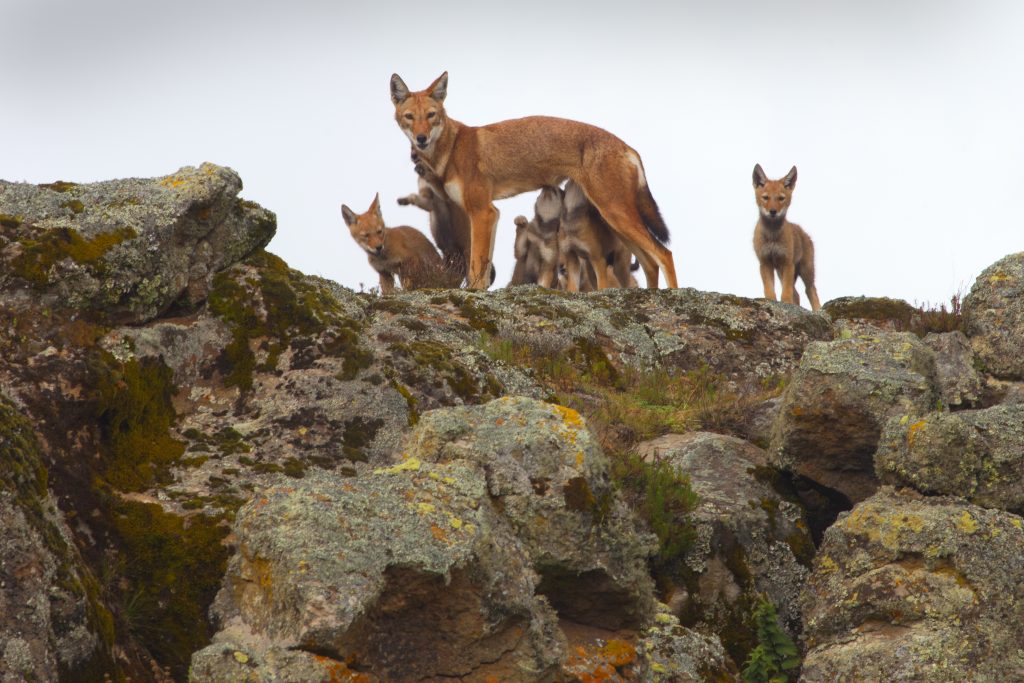
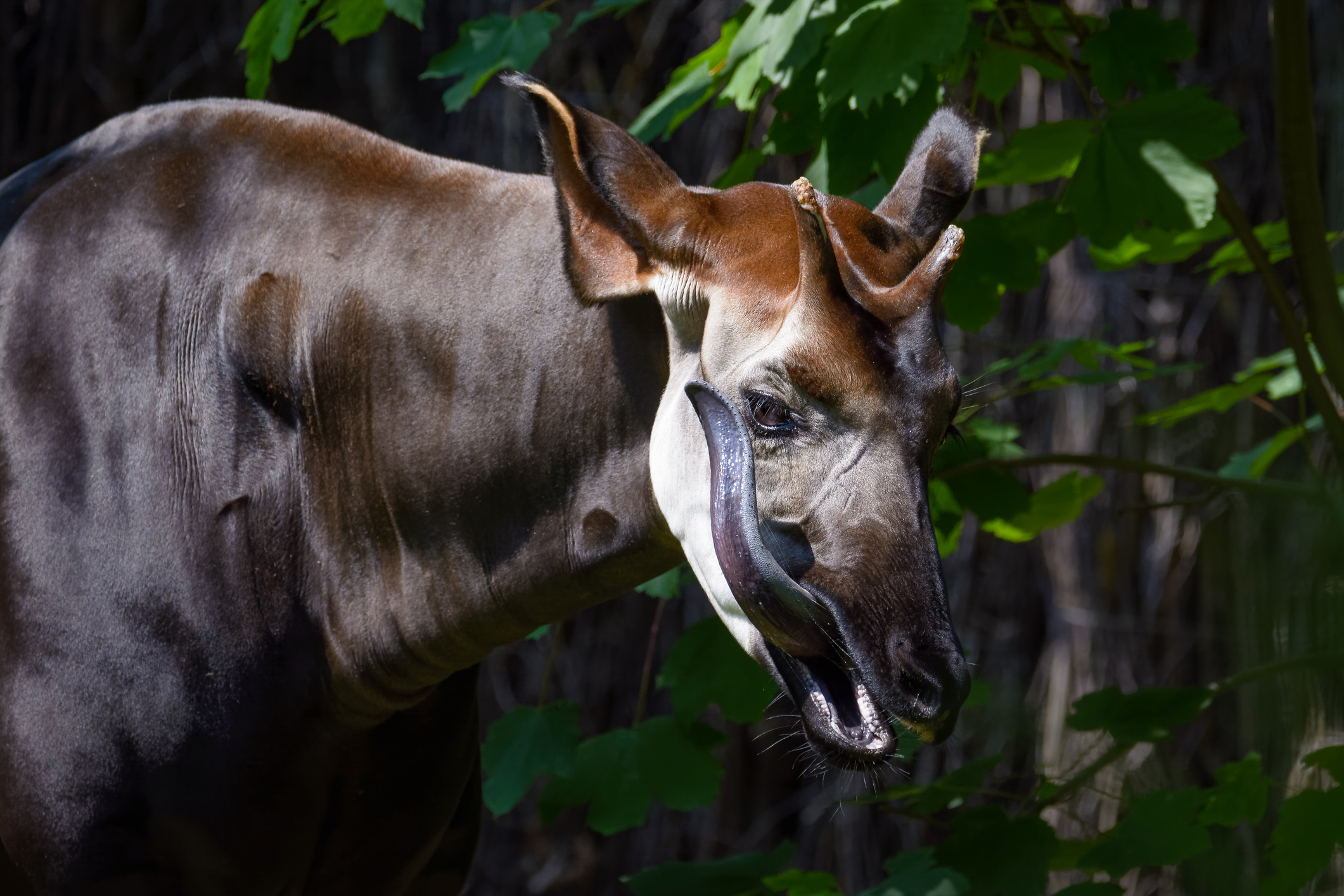
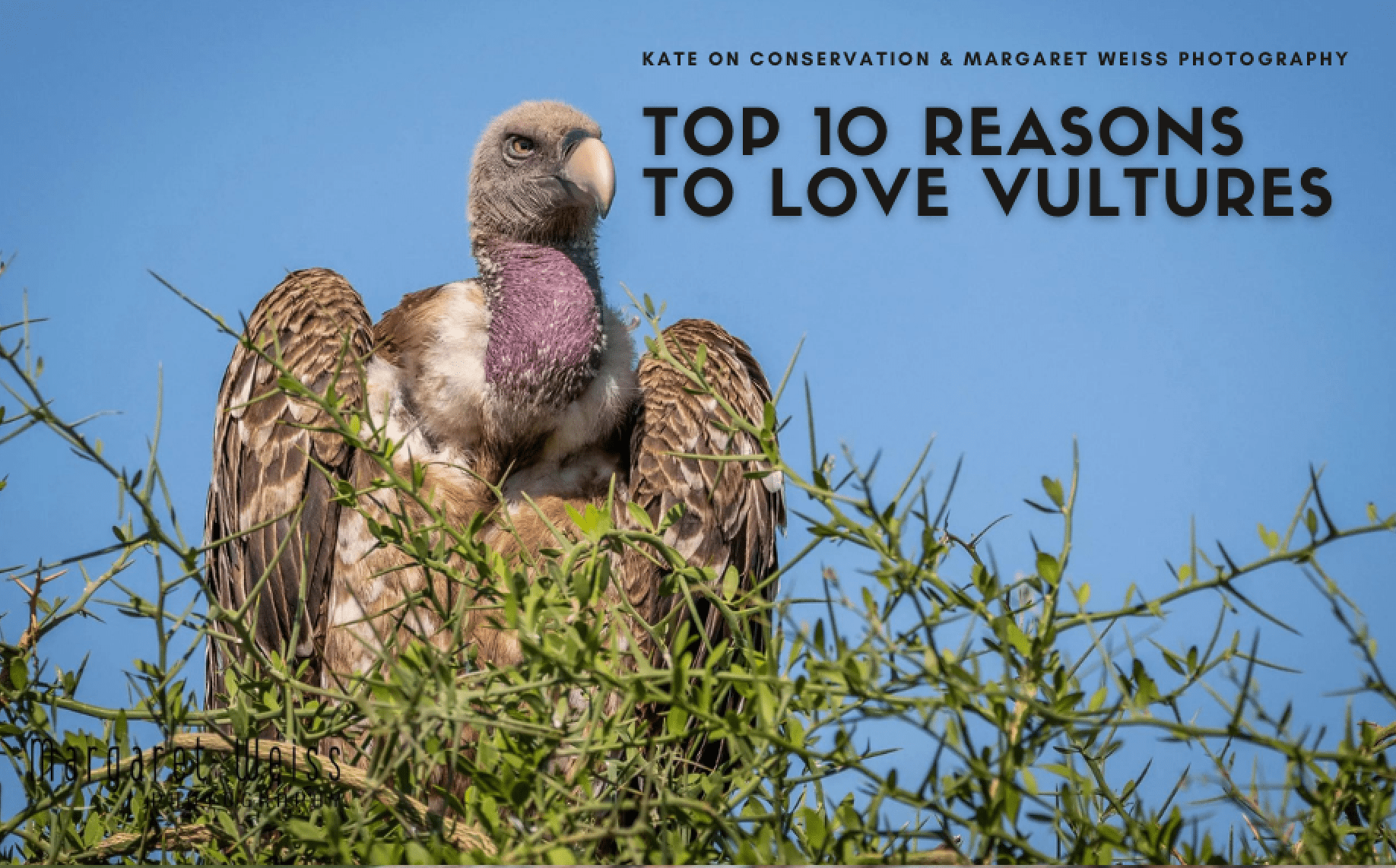

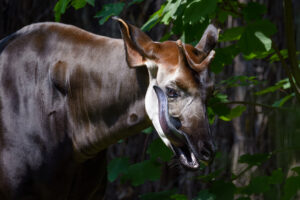

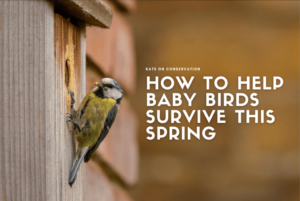
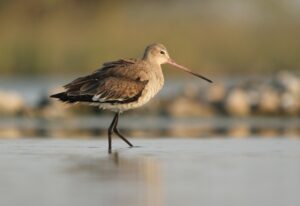


Post Comment